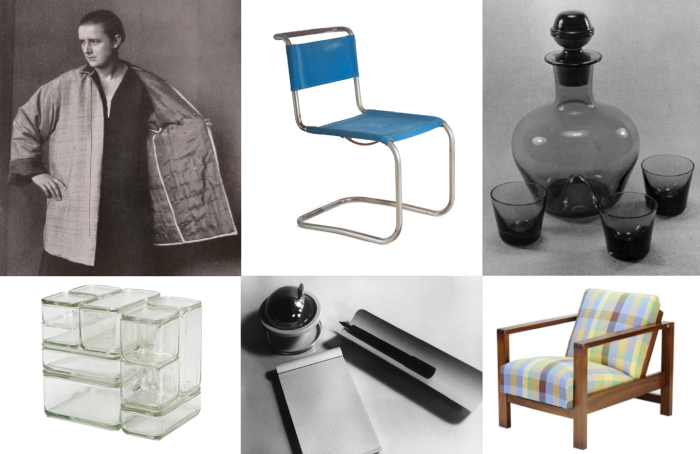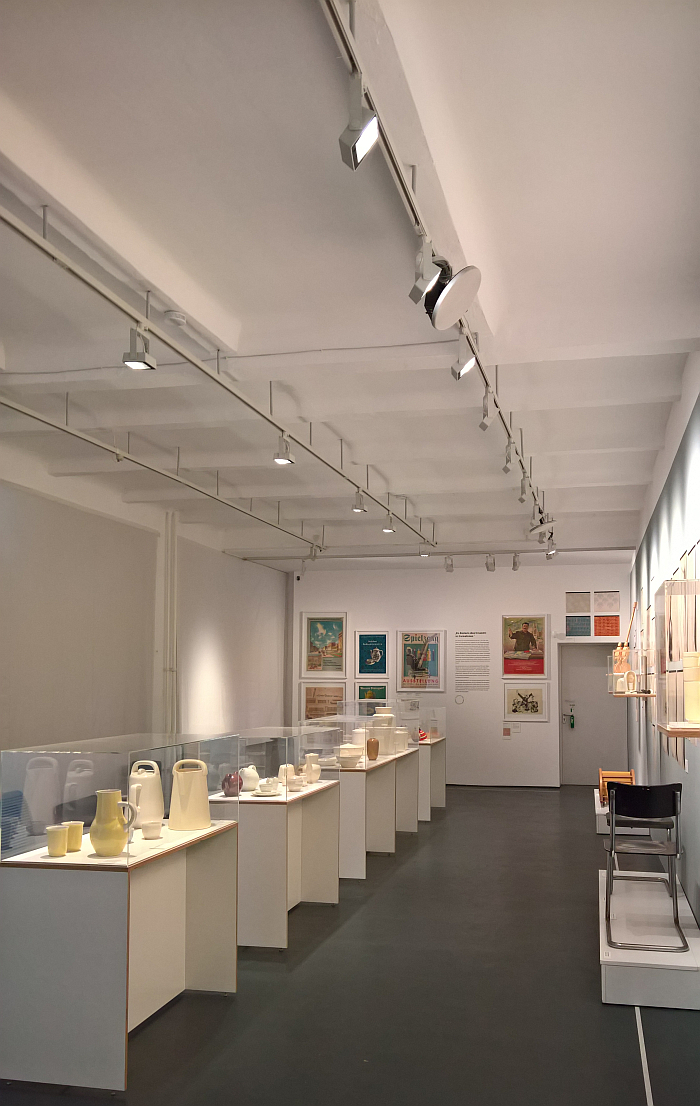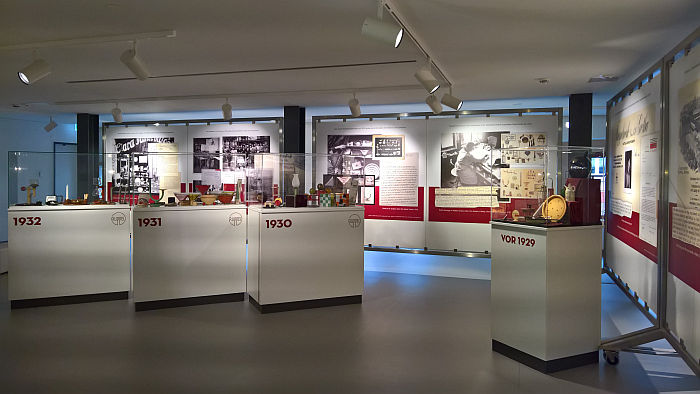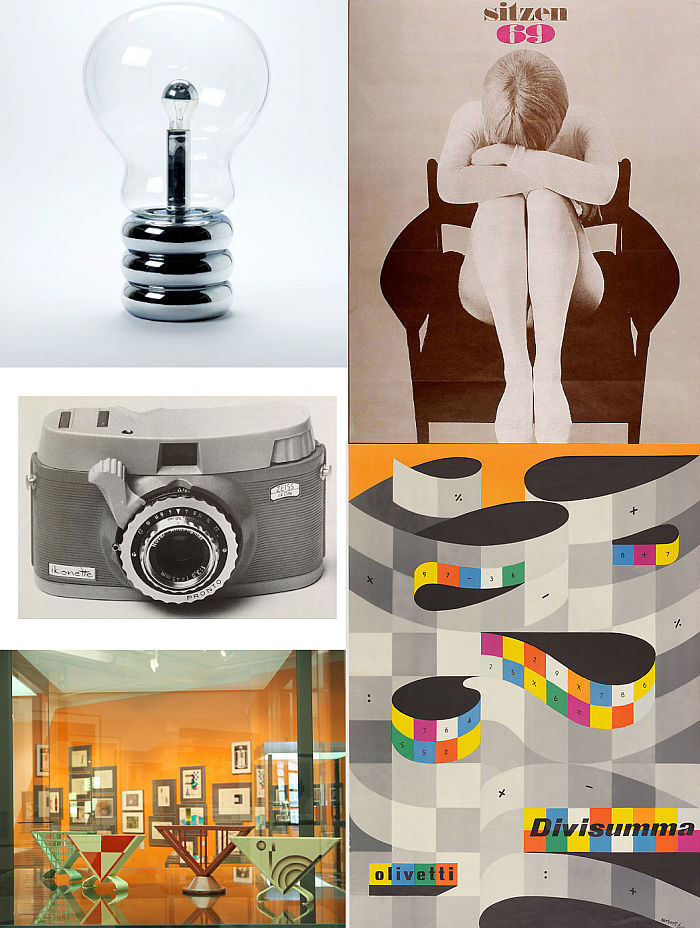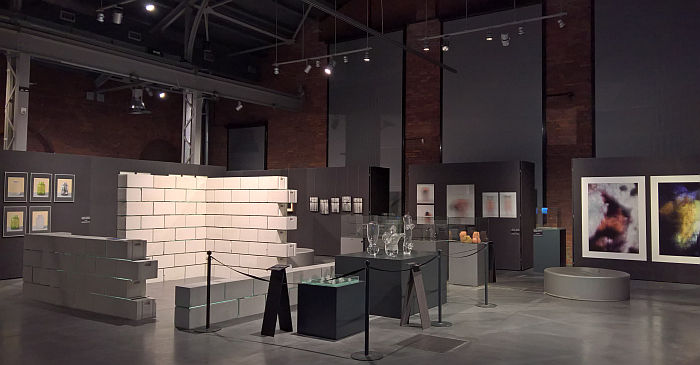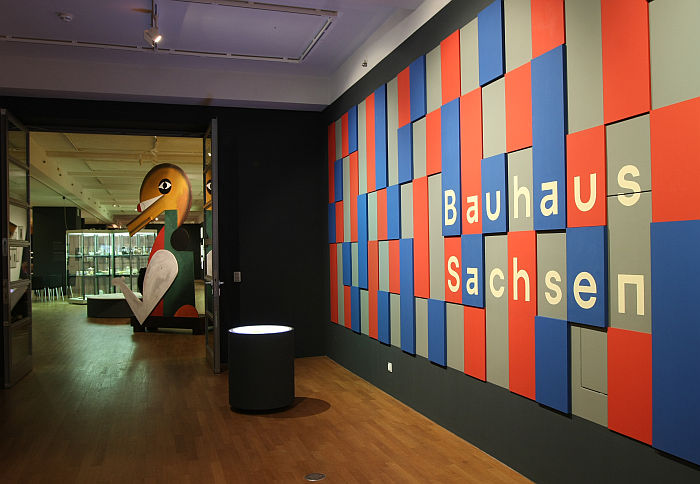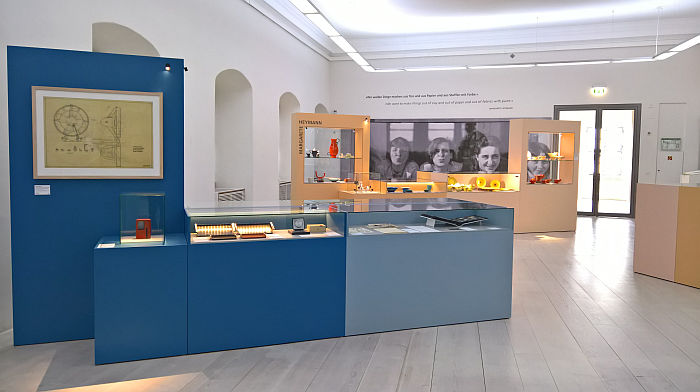The Grassimesse smow-Designpreis – Don’t miss out like Reich, Wagenfeld, László, Brandt et al
Although the Grassimesse has been staged, with readily understandable pauses, since 1920, the Grassimesse smow-Designpreis is being staged for the first time in 2023.
Which means a highly impressive roster of innovative, intelligent, imaginative, informative, designers from back in the day can’t win it. Have, if one so will, missed out
But you can win it and the associated €2,500.
Or can if your reading this before Friday May 12th Sunday May 21st, the new extended, deadline for entries.
Otherwise you’ve also missed out.
You’ve now missed out.
Putting you in an illustrious, if very unfortunate, group along with the likes of…….
The Early Years. Mart Stam, the Institute and the Collection of Industrial Design at the Werkbundarchiv – Museum der Dinge, Berlin
In 1950 the Dutch architect and designer Mart Stam told a conference in Leipzig, “when I speak here for a group of individuals active in industry about the problem of industrial design, I do so because I believe that it is necessary for us to concern ourselves in detail with the question of industrial design, and also because I believe that through intensive work and cooperation in this field we can contribute to increasing the cultural quality of our goods.”1,2
With the exhibition The Early Years. Mart Stam, the Institute and the Collection of Industrial Design the Werkbundarchiv – Museum der Dinge Berlin elucidate that Stam did more than simply speak about “the problem of industrial design” in the, then, fledgling East Germany, that Mart Stam wasn’t the only person in 1950s East Germany interested in “increasing the cultural quality of our goods”, if ideas about how one defined “increasing” and “cultural quality” varied greatly; and in doing so allows insights into the development of industrial design in East Germany……
Inspired by Bauhaus – Gotha Experiences Modernity @ The KunstForum Gotha
Sitting unassumingly, and largely unnoticed, in the middle of Germany, the city of Gotha may have only little resonance with the majority, with the great unwashed; however, every European royal family can trace their lineage back to Gotha: most famously the English royal family through Queen Victoria’s 1840 marriage to Prince Albert, but the royal houses of Sweden, Denmark, Spain, Holland, Norway, you get the idea, can all trace their lineage back to and through Gotha.
Gotha and royalty ✔
Gotha and inter-war Modernism ¿✔?
5 New Architecture & Design Exhibitions for November 2019
On November 1st 1512 Pope Julius II celebrated the All Saint’s Day Mass in the Sistine Chapel. The first public presentation of Michelangelo’s frescos, and thereby the opening of a permanent exhibition still on show today. And still attracting a public.
And while permanent exhibitions are good and important, for all in allowing an overview and an introduction to a subject, it is those ever changing temporary exhibitions that, should, ideally, allow for new insights and deepening of understandings.
Our recommendations for five new, temporary, architecture and design exhibitions opening in November 2019, and which promise such insights and depths, can be can be found in Munich, New York, Vienna, Esslingen and Gotha…..
Ich bin ganz von Glas. Marianne Brandt and the Art of Glass Today @ The Sächsische Industriemuseum, Chemnitz
László Moholy-Nagy may have given Marianne Brandt “mettle for metal”, and metal may be the material with which she is most readily and popularly associated; however, as she wrote in 1922, “Ich bin ganz von Glas”….. I am entirely glass.
Fragile? Transparent? Opaque? Metamorphic? Refractive? Sparkling?
For its 7th edition the triennial International Marianne Brandt Contest sought projects exploring glass in all its interpretations, properties and essences; the 60 nominated projects being presented alongside a cabinet showcase devoted to Marianne Brandt in the exhibtion Ich bin ganz von Glas. Marianne Brandt and the Art of Glass Today at the Sächsische Industriemuseum Chemnitz.
Bauhaus_Sachsen @ Grassi Museum für Angewandte Kunst, Leipzig
When one considers the, let’s say, unique, derisive, unalluring place the Sächsisch dialect enjoys endures amongst German speakers, it could be considered unwise, foolhardy, to explore all too deeply the contributions made by creatives and industry in and from the State of Sachsen to the development of Bauhaus, to explore, if you will, Bauhaus’s Sächsisch accent.
With the exhibition Bauhaus_Sachsen the Grassi Museum für Angewandte Kunst Leipzig do just that…….
Four “Bauhausmädels” @ the Angermuseum, Erfurt
“Sometimes one has to remind oneself that this change took place in one generation – such is the gap between the woman of today and of yesterday, between the girl of then and of now.”
So begins the German magazine Die Woche’s 1930 article “Mädchen wollen etwas lernen“, “Girls want to learn something”, an article which opens Four “Bauhausmädels” and is subsequently extend by the Angermuseum Erfurt to explore not only what Gertrud Arndt, Margarete Heymann, Margaretha Reichardt and Marianne Brandt learned at Bauhaus, but how they subsequently applied that “something”.
International Marianne Brandt Contest 2016 – Winners and Exhibition
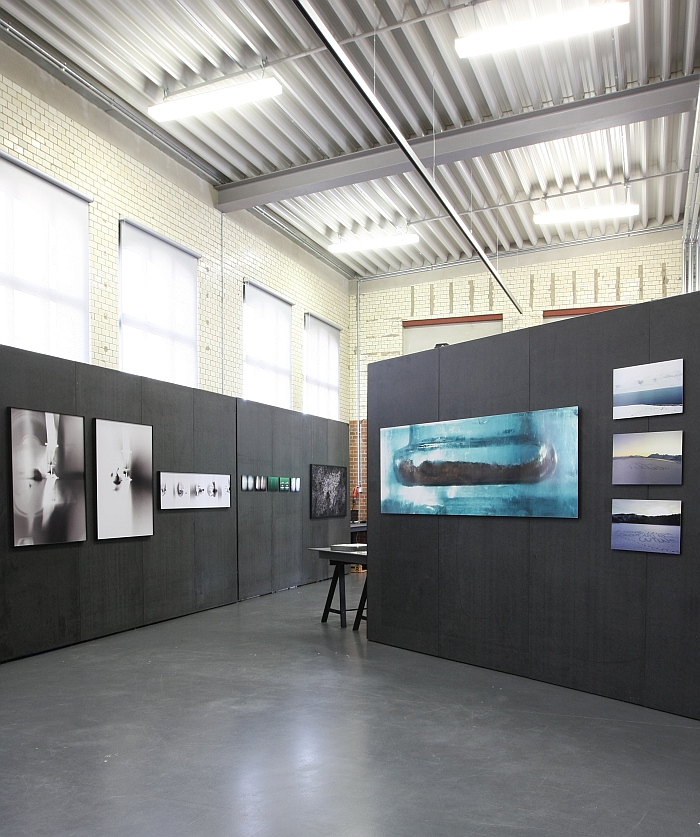
The winners and nominated projects from the 2016 International Marianne Brandt Contest can be viewed in an exhibition in Chemnitz.
Grassi Museum for Applied Arts Leipzig presents Art Déco: Smart, Precious, Sensual – Reprise
The inclusion of a sheet steel bookend amongst our photos from the Grassi Museum for Applied Arts exhibition “Art Déco:
International Marianne Brandt Contest 2016 – Open for Entries
Since 2000 the International Marianne Brandt Contest has been searching for the Poetry of the Functional in art and design.
Bauhaus Archiv Berlin: Sammlung Bauhaus & 100 New Objects
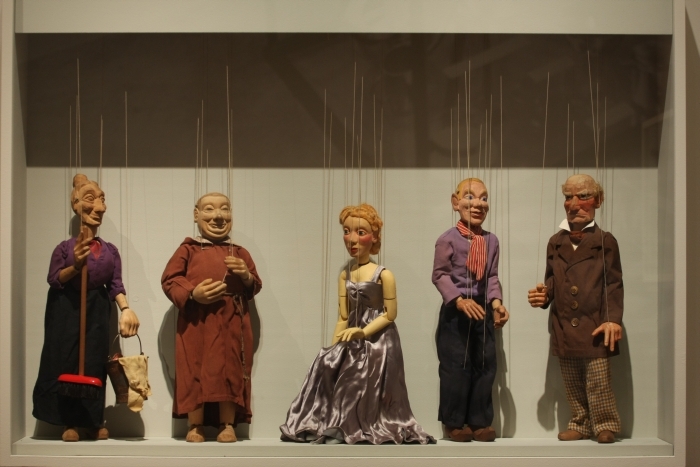
Following the necessary disruption of their permanent exhibition to accommodate the recently ended exhibition Sensing the Future: László Moholy-Nagy, die
smow blog 2014. A pictorial review: February
Cold as February 2014 unquestionably was, we managed to warm ourselves with exhibitions looking at the 1920s medial representation of
Marianne Brandt at Villa Esche Chemnitz
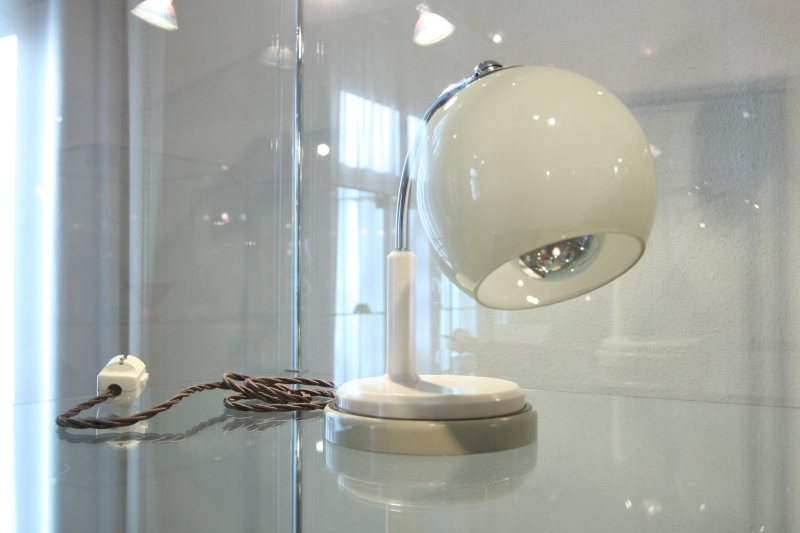
By way of an addendum to our addendum to our “5 New Design Exhibitions for February 2014” post…… Until June
The Poetry of the Functional: The International Marianne Brandt Contest 2013
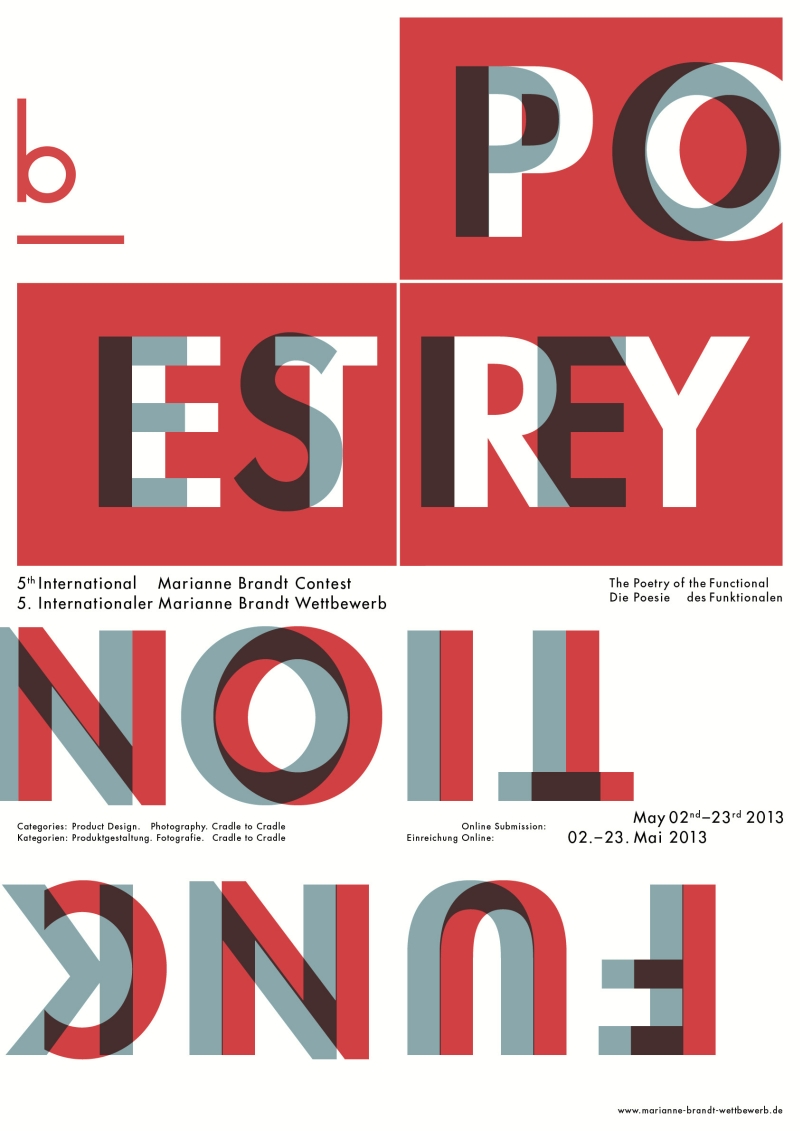
Older readers will be well aware of the high esteem in which we hold the Bauhaus educated designer Marianne Brandt.
International Marianne Brandt Contest 2010 – Exhibition
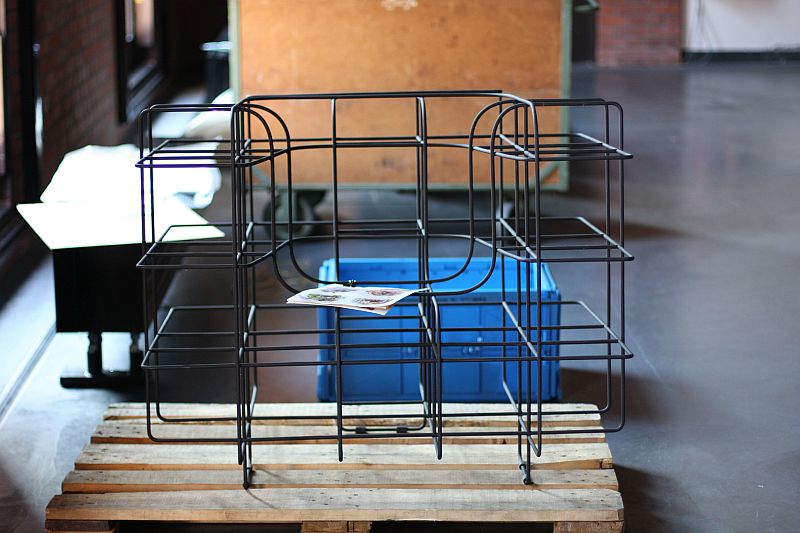
Awards ceremonies are all well and good – but much more important is the exhibition to accompany the contest. And
International Marianne Brandt Contest 2010 – Awards Ceremony
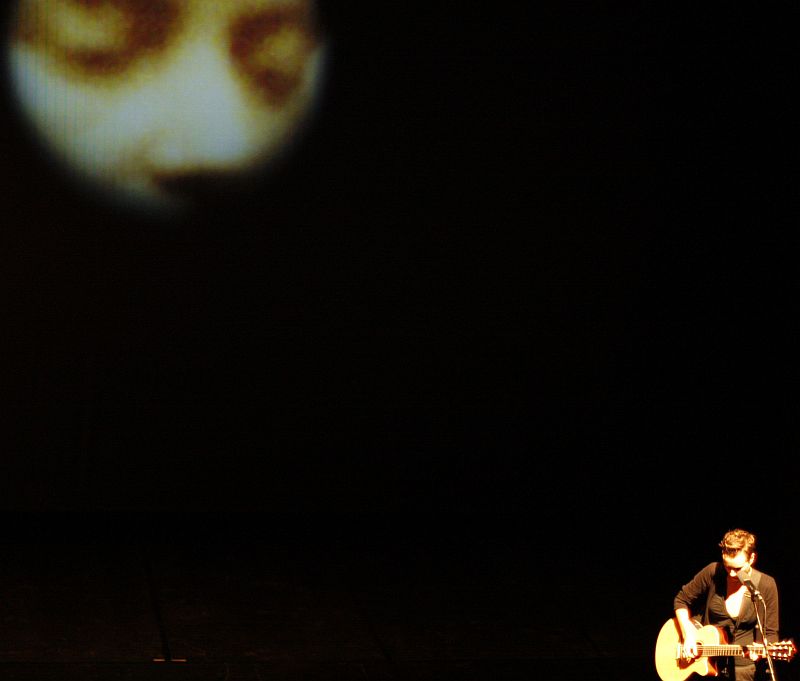
Although the Marianne Brandt Contest is on the surface about Marianne Brandt, the awards ceremony in Chemnitz on Friday stood
International Marianne Brandt Contest 2010
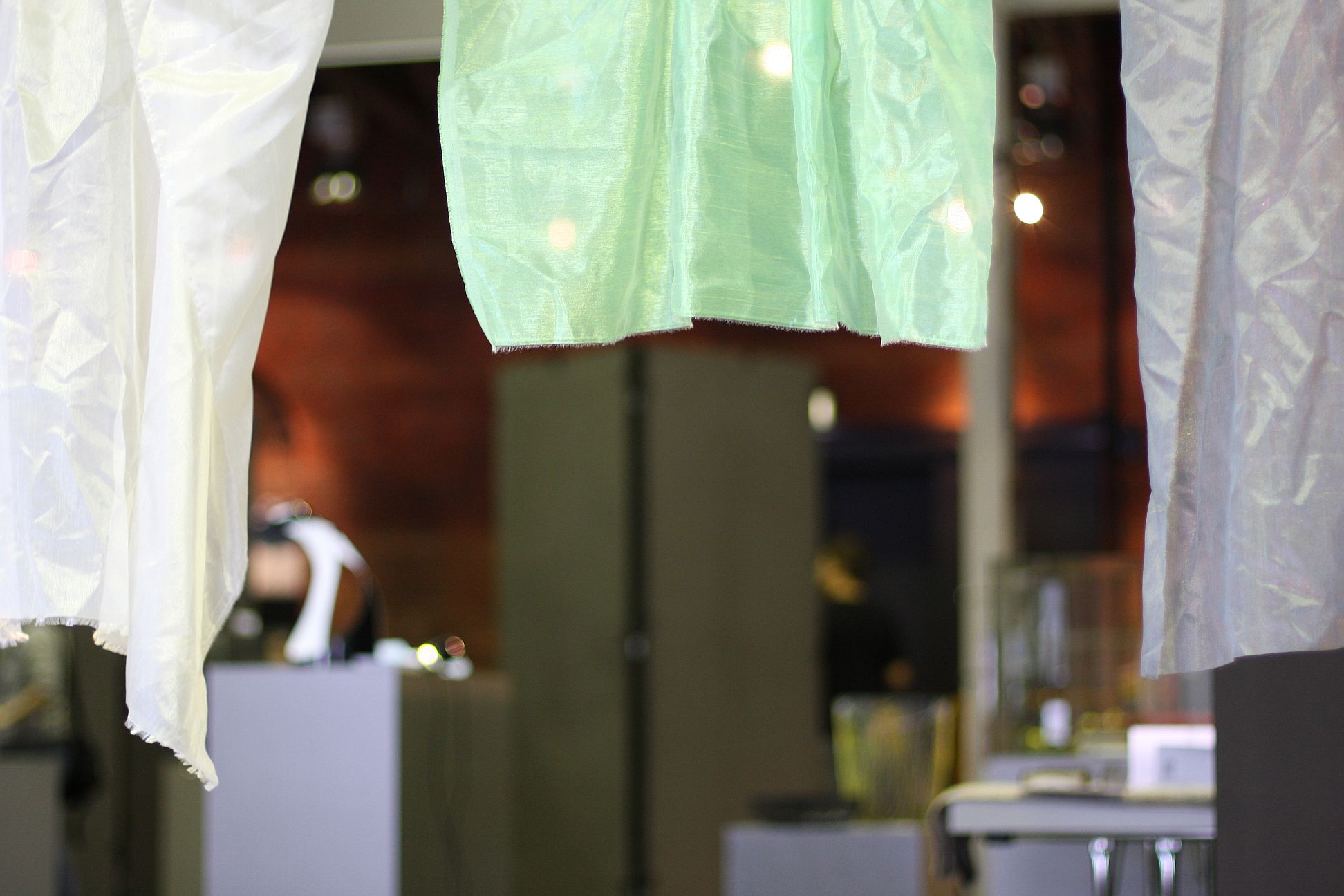
When we heard that the 2010 International Marianne Brandt Contest exhibition was going to be held in the Industrial Museum,
2010 Marianne Brandt Contest: Call for submissions
Chemnitz is without doubt the ugliest city in Sachsen. If not Europe. And so it is all the more surprising
